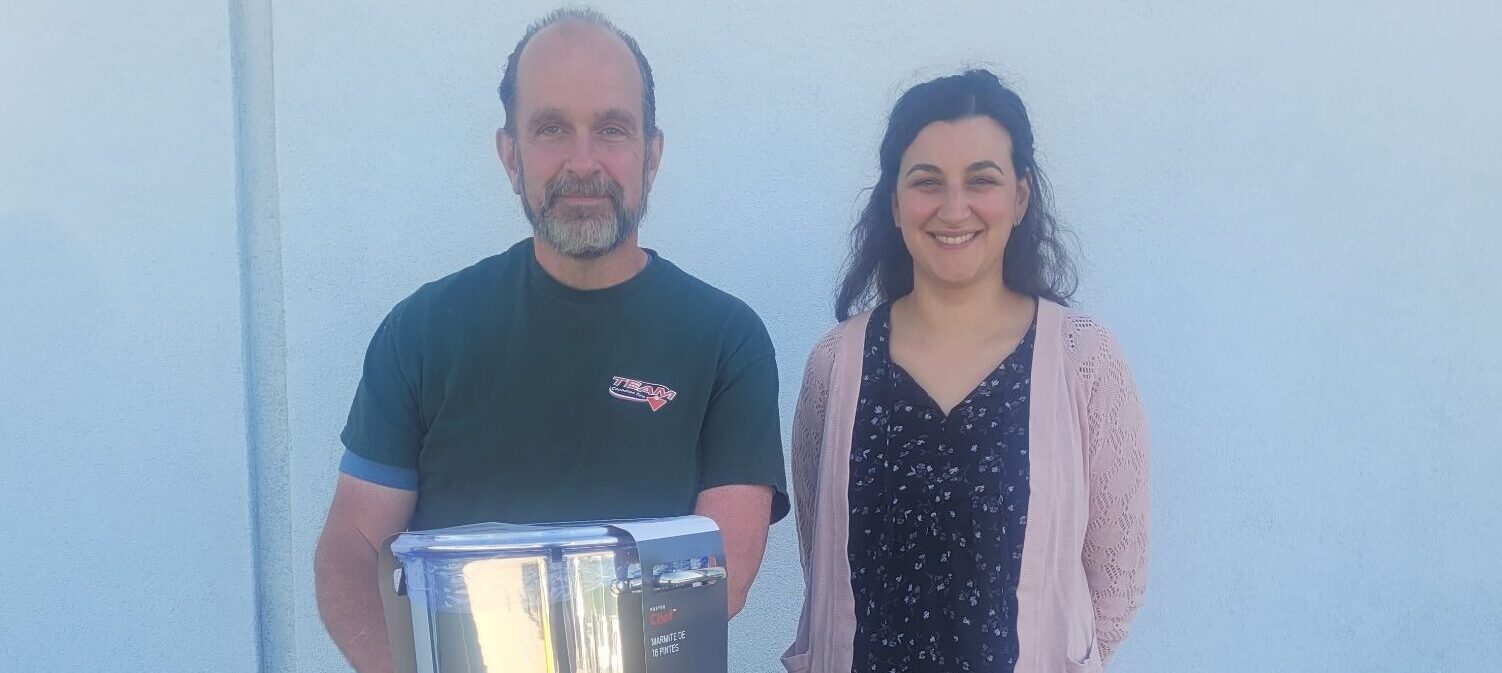
Rick Hansen Foundation Accessibility Certification: Accessibility is both a journey and a destination.
This week we received notification that the Skills Centre has retained and improved our Rick Hansen Foundation Accessibility Certification (RHFAC) for our new building. This is a wonderful achievement and an opportunity to share how important we believe that accessibility and inclusion is to our staff, our clients and to the community. We are thrilled to have substantially increased our accessibility score to 74%, a little short of gold standard.
In the early days – before we’d even completed the purchase of our building – we started thinking about who would use the building, what services would be available and what we needed to do in order to ensure that everyone, no matter what their accessibility needs were, is able to access the services and supports they needed in our building. Talking to our clients and the community and thinking about how to translate their needs into the building changed the way that we all thought about the building design.
We were first introduced to accessibility certification in 2018, where RHFAC was included as an organizational prerequisite in a government funding application. When we applied for our first certification in 2019, we achieved the minimum requirements for RHF Accessibility Certification in our rental space. But we knew that we could – and should – do better. So, when we bought our building we wanted to know what we could do that would ensure the best level of accessibility in our new home.
We designed a building that is open and with wide hallways and doorways to accommodate wheelchairs, strollers and other assistive devices. We installed accessible and non-gendered bathrooms. Directional signage, braille and raised letter signage is the standard for finding your way around. The flooring is non-slip and emergency exits and stairs are all equipped with evacuation chairs. We installed an elevator that allows easy passage from the basement to the roof deck and upgraded and changed the furniture.
In the end we fell a little short and didn’t quite meet the goal of meeting the requirements for Gold Standard certification. But we learned a lot along the way. The first is that the RHF offers a pre-construction certification. This allows specially trained professionals to review building designs and suggest areas where accessibility requirements can be improved. By the time we knew about this, we were already in the middle of construction and although we were able to make some changes, we had made some errors that we could not correct. While we added a lot of accessibility measures, there are things that we missed and will correct over the next couple of years.
But the most important lesson that we have learned is that providing a fully accessible workplace is a journey that starts with being open to new ideas and learning what barriers there are in our ordinary and everyday built environment. This can be as simple as changing the way that a door opens or a handle works. It can mean changes to the flooring that you choose, or the side of the tank where you mount your toilet flush (or better still a touchless flush). But the most important thing to remember is that none of these choices compromise the overall esthetic of the building and instead will almost always enhance the finished product.
We now have a list of the changes that we can make to our building over the next couple of years to help us get to gold because that is still our goal. It’ll start with installing a hearing loop at the front desk and in our meeting rooms. Over the next couple of years, we’ll tackle the other changes that we think we can make so that the next time our building is evaluated we can meet – and exceed – the Rick Hansen Foundation Gold standard certification score.


